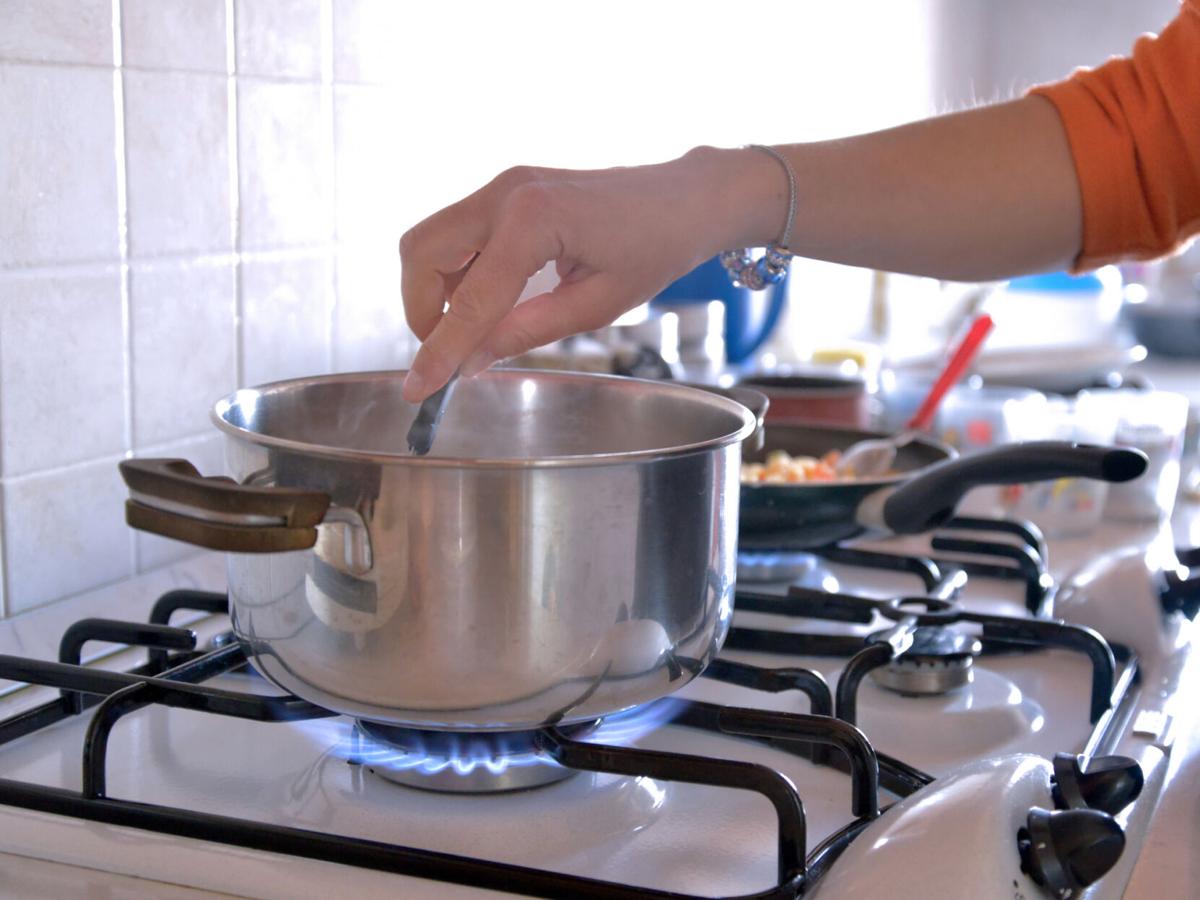Question: I heard that California has banned gas stoves. Is that going to happen in Arizona?
Answer: The internet, news agencies, politicians and builders have all been talking about banning gas stoves.
A couple of years ago, the California Energy Commission approved a building code update to support all electrical appliances and heating. The ban on gas appliances went into effect on Jan. 1, this year, only in California. The Consumer Product Safety Commission is seeing if it could apply nationally. Outside of California, there is no such rule. Several federal officials stated they would not support such a rule.
At this time, there is not a ban on gas stoves in Arizona. Even in California, the new building codes apply to new construction only.
Q: Why is the Consumer Product Safety Commission seeking to end the use of gas stoves?
A: Again, this is just in regard to new construction. However, there are some facts to consider. The emissions from gas-burning stoves can be toxic.
There are two types of gases that pose a potential threat to our health: nitrogen dioxide (NO2) and carbon monoxide (CO). Both gasses have been shown to contribute to the development of asthma. The Environmental Protection Agency regulates the levels of gases such as this for outdoor exposure but does not regulate indoor exposure. Another concern about gas stoves is that they can leak unburned gas into the home environment. So, there are reasons to be concerned about your indoor air quality with gas-burning stoves.
Having said that, the Association of Home Appliance Manufacturers issued this statement, “a ban (on gas-burning stoves) would fail to address the overall concern of indoor air quality while cooking, because all forms of cooking, regardless of heat source, generate air pollutants, especially at high temperatures.” The association goes on to provide a direction on how we can best address this issue.
Q: What should I know about ventilation when cooking with gas?
A: Ventilation of the cooking area is essential to maintaining a safe and pleasant indoor environment. There are several ways to accomplish proper venting. An overhead hood that vents to the outdoors is considered to be best. If your overhead hood simply filters the air and returns that filtered air to the indoors, you may want to vent to the outdoors. If that is not possible, make sure your charcoal filter is up to date.
When venting directly to the outdoors is not possible, open a nearby window and use a fan to vent the cooking area. Another possible solution is to trade your gas-burning stove for an electric stove. The recent Inflation Reduction Act includes a rebate of up to $840 when you replace equipment such as a gas-burning stove with an electric stove (as of March). While electric stoves do not introduce NO2 and CO into your home, cooking can still produce carbon dioxide and fine particulates that should be vented. Therefore, proper venting is still important.
If other states, or even the federal government, should follow the trend towards all-electric new homes and businesses, we can expect to see some cost increases. One criticism of this trend is that lower-income folks will be hardest hit, and home buying is hard enough in today’s market.
While everyone may not agree on a course of action, the facts remain that gas-burning stoves serve us better when proper ventilation is utilized.
Contrary to it's name, not everything can be cleaned with an all-purpose cleaner.





